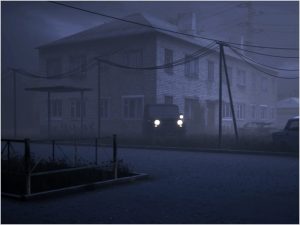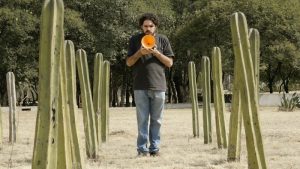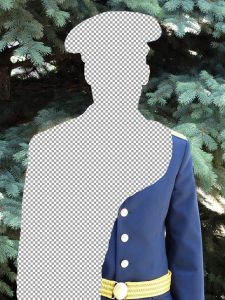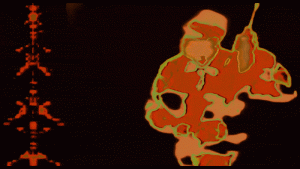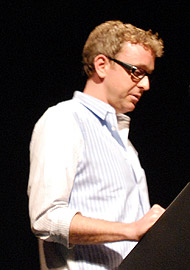 Bernard Kerr is currently designer for del.icio.us at Yahoo! in California and used to work for IBM before that. The new del.icio.us isn’t ready yet so he chose to talk about their research about threads and the organization of large amounts of linked textual information as found in social networks or also in e-mail.
Bernard Kerr is currently designer for del.icio.us at Yahoo! in California and used to work for IBM before that. The new del.icio.us isn’t ready yet so he chose to talk about their research about threads and the organization of large amounts of linked textual information as found in social networks or also in e-mail.
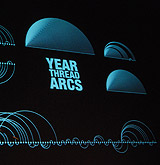 E-mail is being used for many things it hasn’t been designed for 35 years ago. The current set of possibilities is fairly limited and IBM’s Remail-project aimed to expand that through extra functionalities. The “Reply”-button is just the start of every thread and could be used to include contexts like relationships and allow to break up the traditional list or tree-structure which we are used to. Instead, Kerr proposes dots which chronologically appear from left to right, each representing one e-mail. If there are connections between the messages, i.e. if there are replies, blue arcs appear to show the user which of his or her e-mails are part of different conversations. Like this, an increasingly intricate structure evolves which elegantly shows the flow of conversations over time in different ways.
E-mail is being used for many things it hasn’t been designed for 35 years ago. The current set of possibilities is fairly limited and IBM’s Remail-project aimed to expand that through extra functionalities. The “Reply”-button is just the start of every thread and could be used to include contexts like relationships and allow to break up the traditional list or tree-structure which we are used to. Instead, Kerr proposes dots which chronologically appear from left to right, each representing one e-mail. If there are connections between the messages, i.e. if there are replies, blue arcs appear to show the user which of his or her e-mails are part of different conversations. Like this, an increasingly intricate structure evolves which elegantly shows the flow of conversations over time in different ways.
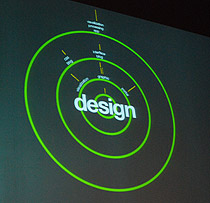 How to use tags for organization? Tags are always used together, and currently usually are displayed as clouds or networks (“spaghetti”). As an alternative, Kerr conceived something he calls the TagOrbital which aesthetically refers to the way in which electrons circle around the nucleus of an atom as described by Niels Bohr. Every user’s clusters of tags visually shows what they are interested in and what their personal profile is.
How to use tags for organization? Tags are always used together, and currently usually are displayed as clouds or networks (“spaghetti”). As an alternative, Kerr conceived something he calls the TagOrbital which aesthetically refers to the way in which electrons circle around the nucleus of an atom as described by Niels Bohr. Every user’s clusters of tags visually shows what they are interested in and what their personal profile is.
Bernard Kerr’s tips for designers working in information visualization: Multidimensional data requires you to choose, pick two. Use real-life data. Try the scripting-feature of Adobe Illustrator for prototyping.

